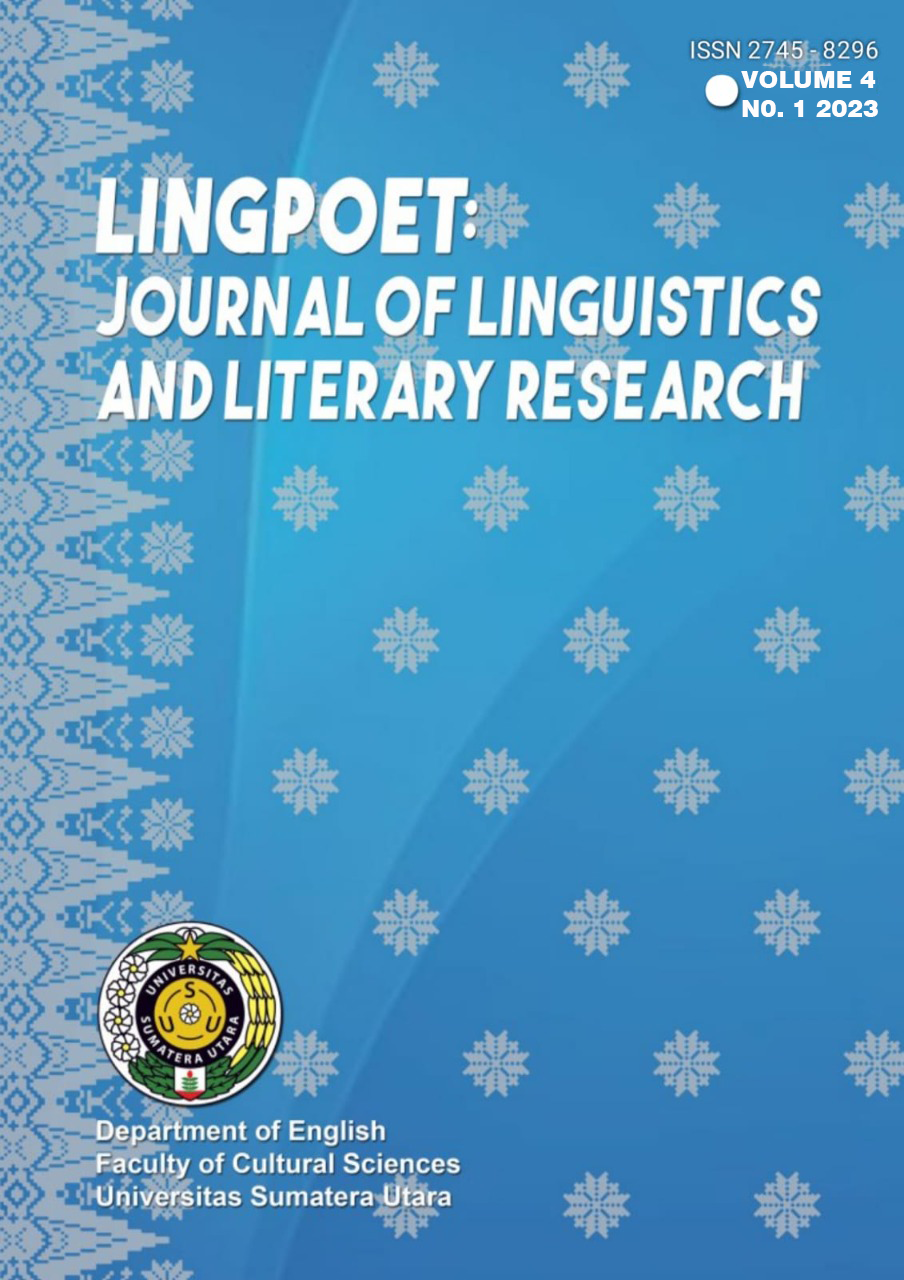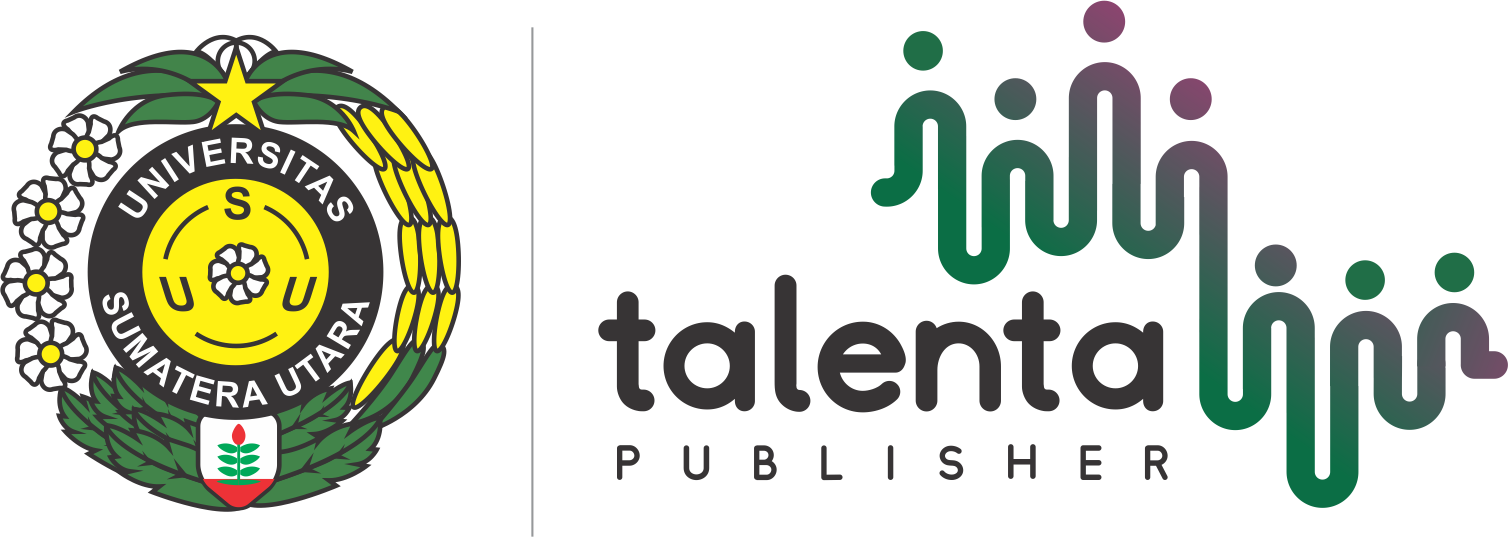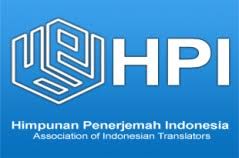The Study of Character and Narrative Function in The Fall of Gondolin by J.R.R Tolkien: A Narratology Criticism
Keywords:
Narratology, Narratieve Function, Vladimir Propp, Types of CharacterAbstract
This study focuses on narratology in the novel The Fall of Gondolin by J.R.R. Tolkien, specifically exploring the character and narrative function. The main objective is to identify and analyze the development of the characters by identifying and analyzing the thirty-one narrative functions present in the story. The study adopts a qualitative descriptive method, using the narrative sections from The Fall of Gondolin as the data source. Through this approach, the author describes and explains the narrative functions and character types found in Tolkien's work. The findings of the study reveal fourteen narrative functions: absence, delivery, trickery, reconnaissance, wedding, departure, struggle, rescue, connective incident, beginning counteraction, guidance, receipt of magical agent, villainy, and six types of characters: hero, villain, princess, donor, helper, and dispatcher, as proposed by Vladimir Propp. The study's results demonstrate that the data related to narrative functions can be formulated and used to identify various character types, such as hero, princess, villain, helper, dispatcher, donor, and false hero. These character types can be analyzed by combining the collected data in accordance with the theoretical framework.
Downloads
References
Alvinindyta, A. (2018). An Analysis of Protagonist and Antagonist Characters in Caroll’s Alice’s Adventure in Wonderland. Institutional Repositories & Scientific Journals, 8–22. http://repository.unpas.ac.id/40051/
Harun, H., & Jamaludin, Z. (2016). An Identification of Dramatis Personae Distribution in Malaysian Folktales for Structural Classification as a Preservation Means Of Malaysian Folktales. Revista Tecnica De La Facultad De Ingenieria Universidad Del Zulia, December. https://doi.org/10.21311/001.39.9.04
Hellystia, D. (2021). Narrative Functions in Burton’s Sleepy Hollow Movie. Vivid: Journal of Language and Literature, 10(1), 31. https://doi.org/10.25077/vj.10.1.31-40.2021
Sari, M., Tukan, S. L., & Ngadiman, A. (2011). The Structure of the Narative Texts Written by the Students of ESP. Magister Scientiae, 29, 43–57. http://jurnal.wima.ac.id/index.php/Magister_Scientiae/article/download/583/549
Sundari, T. (2014). An Analysis on The Sleeping Beauty Based on Vladimir Propp Theory. 1–11.
Wama, T., & Nakatsu, R. (2008). Analysis and generation of japanese folktales based on vladimir propp’s methodology. Proceedings - 2008 the 1st IEEE International Conference on Ubi-Media Computing and Workshops, U-Media2008, April 2008, 426–430. https://doi.org/10.1109/UMEDIA.2008.4570929

Downloads
Published
How to Cite
Issue
Section
License
Copyright (c) 2024 LingPoet: Journal of Linguistics and Literary Research

This work is licensed under a Creative Commons Attribution-ShareAlike 4.0 International License.












